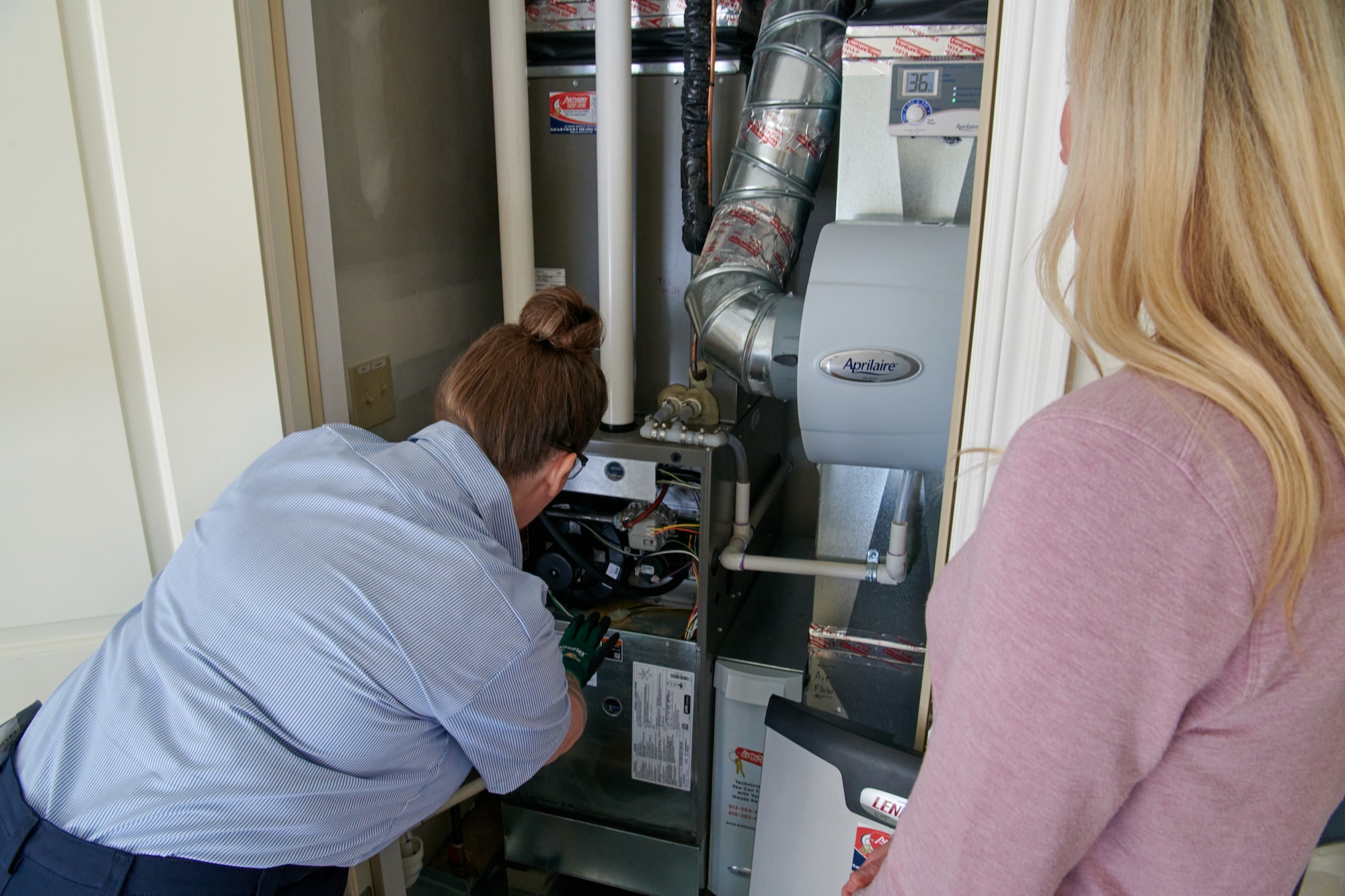Emergency heating repairs in North Kansas City require immediate action from certified HVAC professionals to restore warmth and safety during harsh winter months. Knowing the warning signs and the right steps to take can prevent costly breakdowns and ensure comfort.
1. Recognizing Signs of Heating System Problems
Identifying heating issues early can prevent costly repairs. Common signs include:
- Uneven Heating: Rooms feel colder despite high thermostat settings.
- Unusual Noises: Clanking, hissing, or buzzing from your furnace.
- Rising Energy Bills: Inefficient systems use more energy to maintain temperatures.
Address these issues promptly by contacting the service area in North Kansas City for tailored HVAC solutions
2. Steps to Take During a Heating Emergency
If your heating system fails, follow these steps to stay safe and minimize damage:
- Check the Thermostat: Ensure it’s set to heating mode and the batteries are functional.
- Inspect the Circuit Breaker: Reset it if it’s tripped.
- Turn Off the System: Prevent further damage until professionals arrive.
For urgent repairs, reach out to our expert heating repair services in North Kansas City.
3. Choosing the Right Heating Repair Contractor
A reliable contractor ensures quick and effective solutions. Look for:
- Licensing and Certification: Verify credentials like NATE certification.
- Experience: Contractors with over 5 years of experience provide superior service.
- Emergency Availability: Ensure 24/7 service options.
Find reputable contractors at leading HVAC companies serving Kansas City.
4. Common Heating System Repairs
Understanding common repairs helps set expectations. These include:
- Replacing a Faulty Thermostat
- Cause: Inaccurate temperature readings.
- Solution: Upgrade to a programmable thermostat for better control.
- Fixing Blower Motors
- Cause: Wear and tear over time.
- Solution: Professional repair or replacement.
- Sealing Duct Leaks
- Cause: Heat loss through gaps.
- Solution: Proper sealing reduces energy waste by up to 30%.
Schedule a service after learning air conditioning maintenance tips for North Kansas City.
5. Preventative Maintenance of Heating Systems
Regular maintenance prevents emergencies and extends the system lifespan. Benefits include:
- Improved Efficiency: Systems operate at optimal levels.
- Reduced Repairs: Addressing small issues before they escalate.
- Cost Savings: Save up to 20% annually on energy bills.
Prevent costly breakdowns by booking a tune-up at fast and reliable HVAC solutions in North Kansas City.
6. Energy-Efficient Heating Upgrades
Investing in energy-efficient systems provides long-term benefits. Consider:
- High-Efficiency Furnaces: Use 30% less energy than standard models.
- Smart Thermostats: Adjust settings automatically for consistent comfort.
- Heat Pumps: Dual-purpose heating and cooling with lower energy consumption.
Learn more about upgrades at expert air conditioning installation services in Lenexa.
7. Winter Safety Tips During Heating Failures
Stay safe and warm during heating outages with these tips:
- Use Space Heaters Safely: Maintain a 3-foot clearance around heaters.
- Wear Layers: Trap body heat with insulated clothing.
- Close Off Unused Rooms: Retain heat in occupied spaces.
Know fall and winter energy-saving tips for additional guidance.
Comparison Table: DIY Fixes vs. Professional Repairs
| Issue | DIY Solution | Professional Solution |
|---|---|---|
| Thermostat Issues | Replace batteries | Upgrade to smart thermostat |
| Clogged Filters | Clean or replace filters | Comprehensive system check |
| Duct Leaks | Apply duct tape | Seal with professional-grade sealant |
Learn more about professional repairs and what to look for in North Kansas City HVAC contractor.
8. Cost Estimates for Heating Repairs
Knowing repair costs helps plan your budget. Average costs include:
- Thermostat Replacement: $150 – $400.
- Blower Motor Repairs: $300 – $600.
- Heat Exchanger Replacement: $500 – $1,500.
Find cost-effective solutions for heating furnace installation services.
9. Emergency Preparedness for Future Issues
Stay prepared for heating emergencies with these steps:
- Create a Contact List: Keep HVAC contractor details handy.
- Stock Essential Supplies: Include blankets, space heaters, and flashlights.
- Regular Inspections: Schedule annual system checks.
Plan ahead with advice on how to reduce cooling costs in North Kansas City.
Contact Reliable Heating Repair Experts
Ensure your home stays warm and safe during winter. Call us at (913) 713-5911 or visit Priced Right Heating and Cooling to schedule emergency heating repairs.














